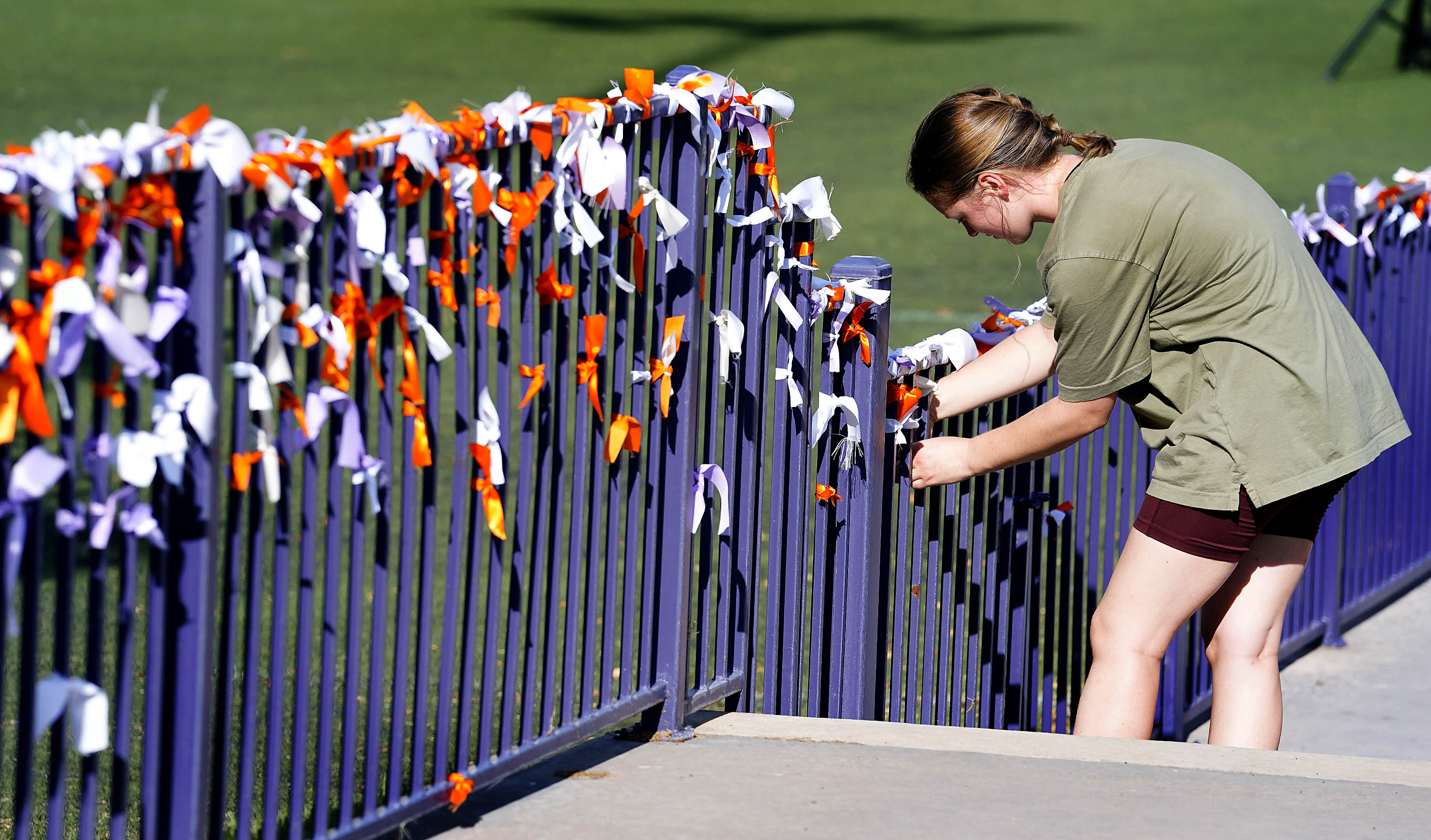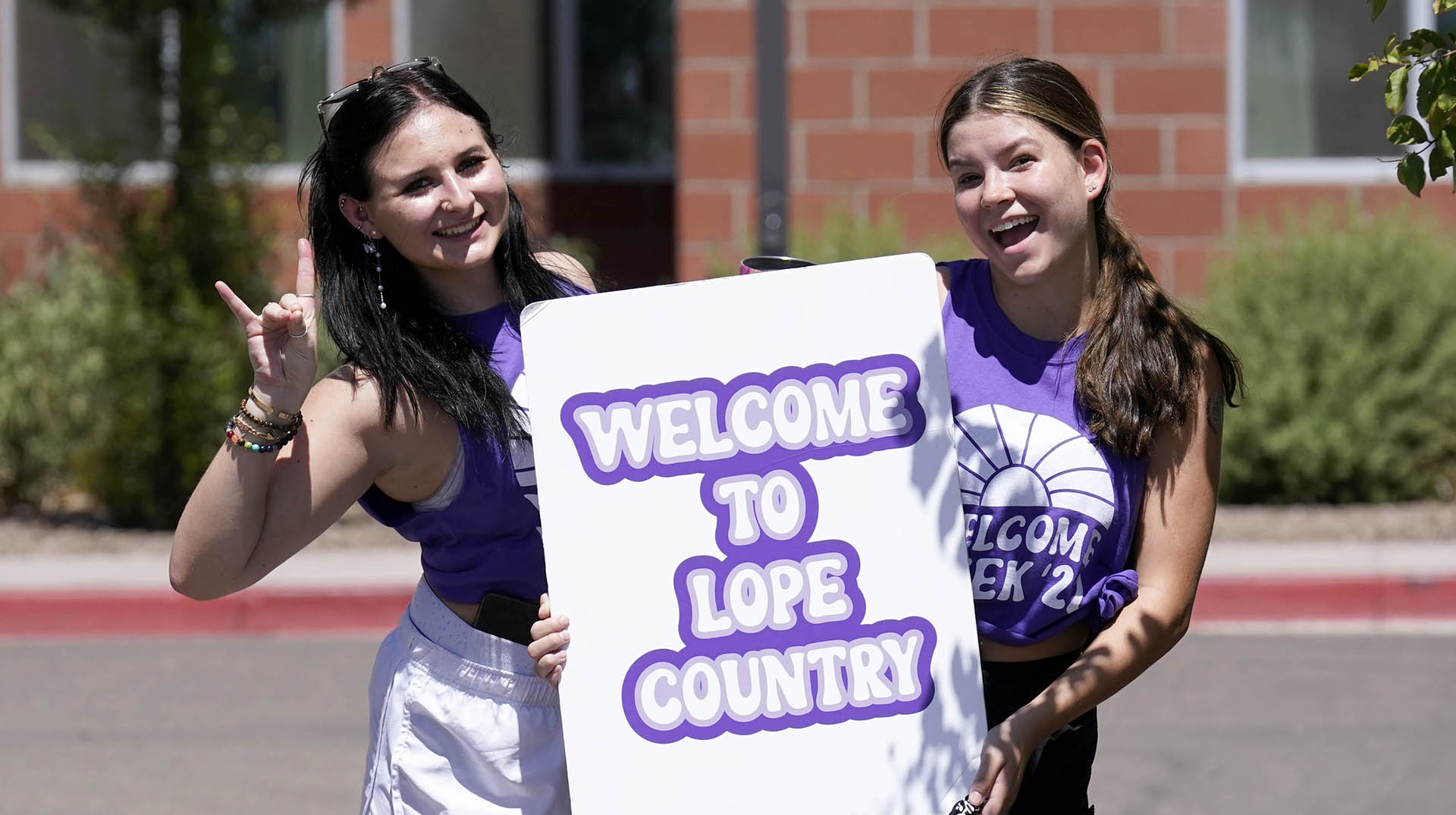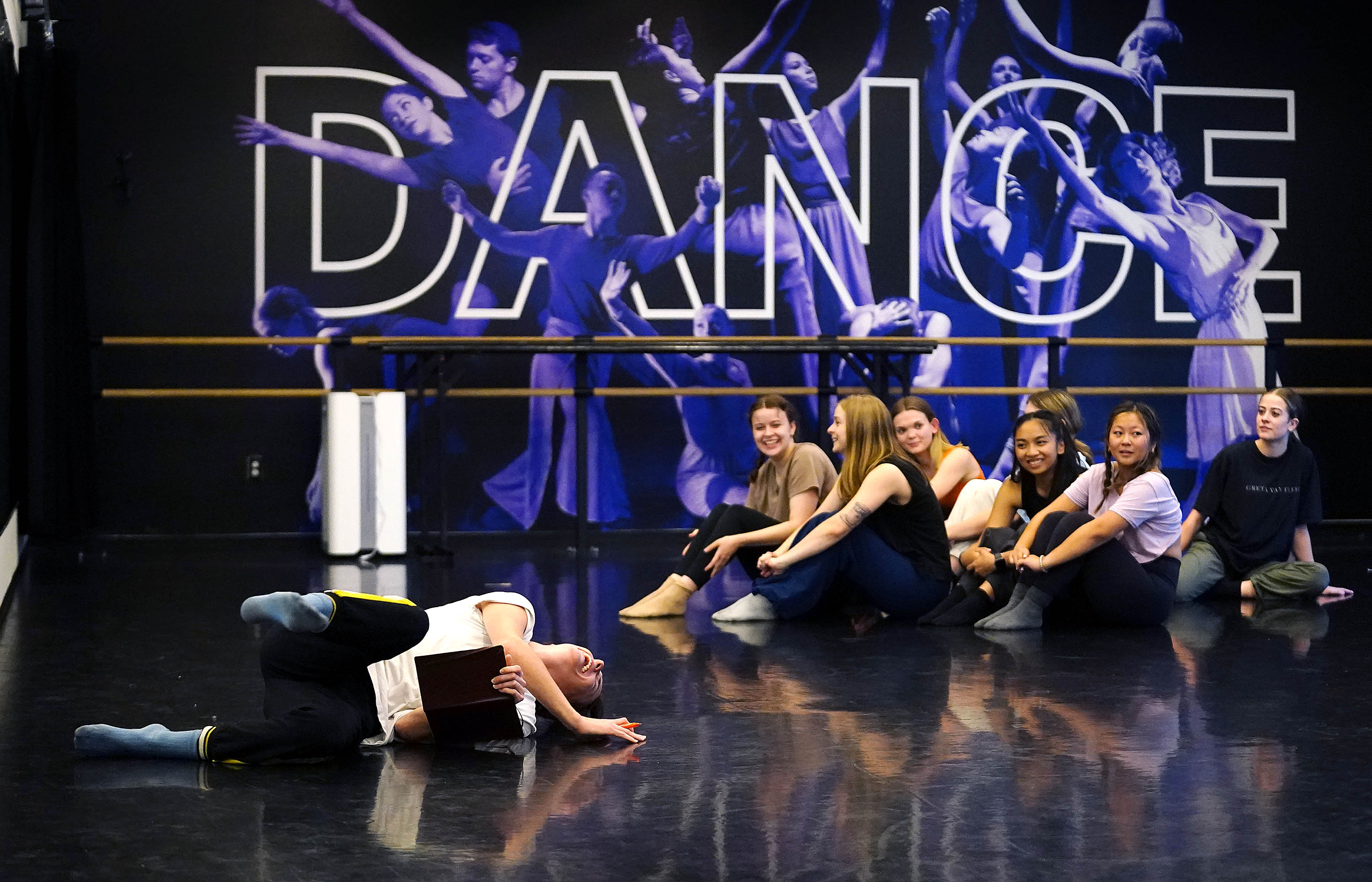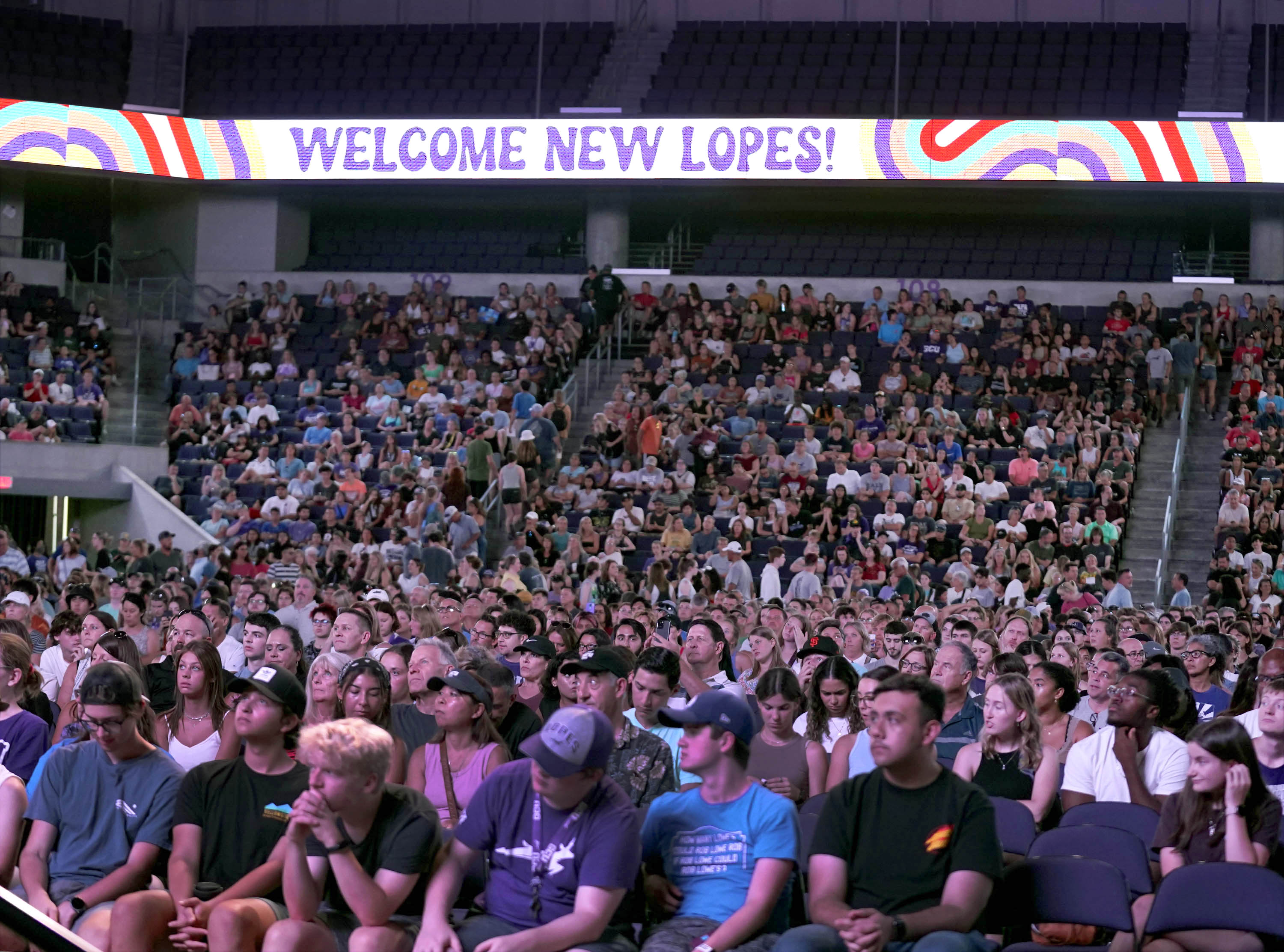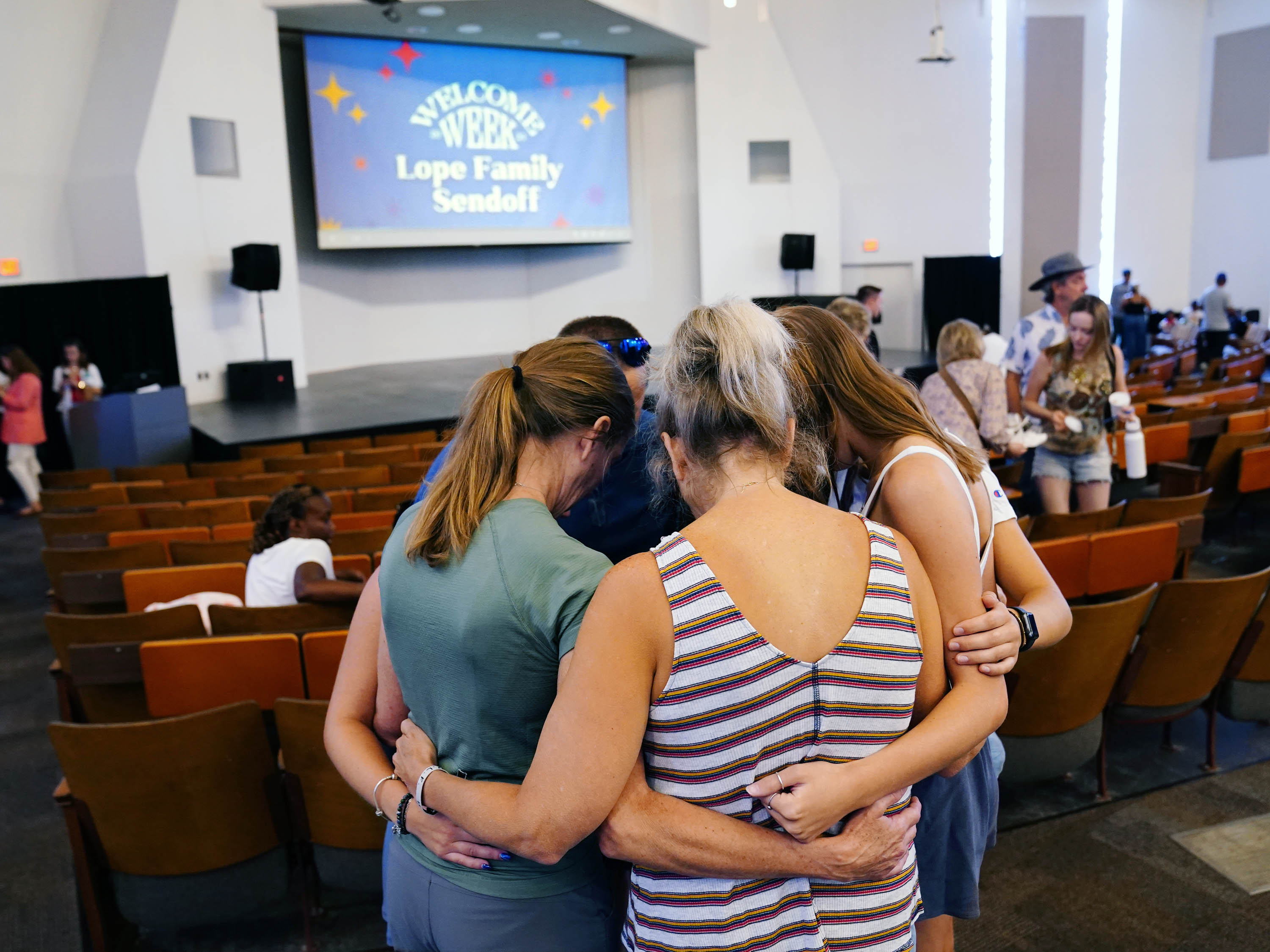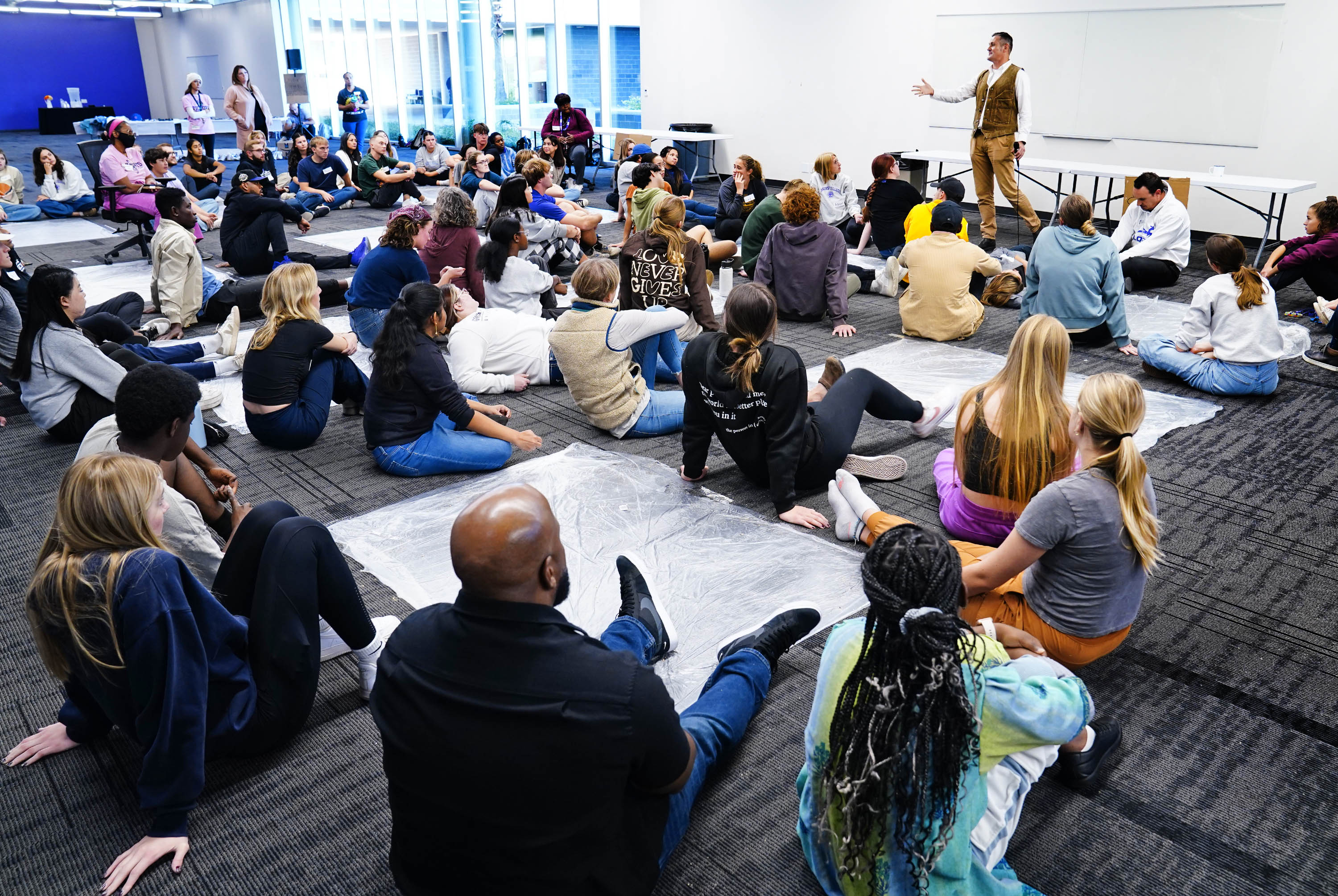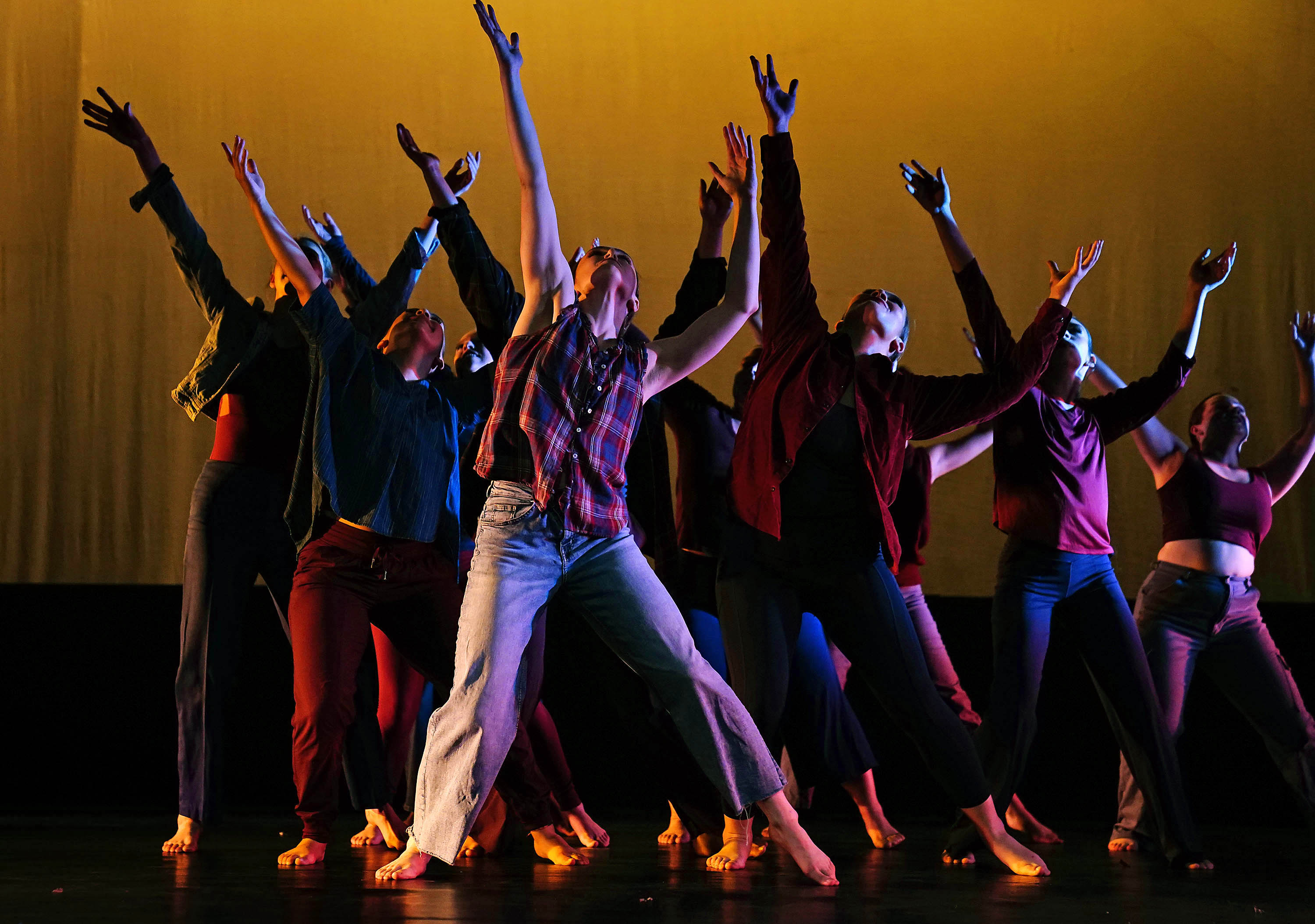
By Rick Vacek
GCU News Bureau
Dr. John Frederick is one of those people who can make a child’s trip to a playground sound thoughtful and interesting, but that should be no surprise considered that his newly published book starts with this:
“I often begin theological discussions with (typically zany) stories.”
In “Worship in the Way of the Cross,” the coordinator of the Center for Worship Arts at Grand Canyon University conveys his message with down-to-earth examples, such as that playground excursion.
After describing in detail the scene, with barbecues everywhere and his son, Liam, laughing at nothing in particular with a boy he has just met, Frederick wrote:
“What if life really is meant to be that innocent and simple, but we’ve become so calloused, so confused and so seduced and distracted by the narratives of the world that we’ve forgotten the simple truth of the one narrative that does matter, the gospel?”
And one of the keys to reminding churchgoers of that narrative is what worship leaders do to make the worship experience more meaningful. Frederick said he started realizing the benefits of a book on the subject when he was writing his dissertation from 2010 to 2014.
His message to those leaders: “Hey, as a worship leader and as someone leading the church, you’re more than just musical ornaments to the rest of the service. You’re actually a means of people’s engagement with God and transformation in coming together as a church.”
Making it real in the church
One of his most interesting experiences was as worship leader at Park Street Church in Boston, which was built in 1809. You’d think a church that old would be so well-established, nothing would be amiss. That wasn’t Frederick’s experience.
“It wasn’t a perfect church,” he said. “They did some things that I would participate in, like be part of a children’s drama thing, and I would say, ‘Oh, I don’t know if I want to do that. What if I feel weird? What if I mess it up? I don’t really do drama.’
“But just throwing myself into that church and being with the people, for the first time it really clicked that my experience caught up with my theology, which was a moment when I said, ‘It really is true. This is the way it’s meant to be.’ There was a sense of, ‘Yeah, it’s not perfect on a human level, but that’s kind of the point. Because it’s through living in imperfection with other people in the community that you grow into the image of God.”
Frederick uses the term “cruciform worship,” which he defines as conforming to the others-centered, self-giving way of the cross that Jesus demonstrated for us. Many people “shop around” for a church, only looking for what they can get out of it. Frederick cautions against that notion.
“In a lot of contemporary churches, religion becomes a privatized thing,” he said. “If we want a particular product on Amazon, we can have it, maybe within hours — which is wonderful, but it also causes us to view religion as a product, and we then domesticate it and consume it rather than participate in it as a people.
“One of the main messages of this book is, worship is so important, not because it’s like a pep session in the Holy Ghost or a performance for God. What makes it such a joyful thing is that it is a participation in the people of God.”
Frederick also uses the terms “cruciformation” and “cruciform mission.”
He begins his thoughts about cruciformation by arguing against a phrase he often has heard repeated in evangelical churches: that the worship service should be performed for an audience of one (God). He writes:
“Worship is not a performance that we put on for God, nor is it something that we do to make us existentially (and financially) happy. … Rather, in the act of worship we are transformed — through love enacted, received, sung, preached and consumed in the sacraments — into the image of the God who is love.”
As for cruciform mission, Frederick said, “The mission of God is to bring the life-giving love of God into the world. The whole point of Christianity is to become like Jesus by walking the way of the cross.”
But intertwined between those thoughts are his observations of what a child might see in the church, and his favorite subject is Liam.
Frederick told the story of how he recently was looking for something in the garage when Liam suddenly started pointing at a box he thought might contain the family’s nativity set.
“Daddy, where’s Jesus Christ? Where is He? Where’s Jesus?” he kept saying.
So Frederick got down the nativity set for his son. It was the only thing to do.
“We glimpse this mystery, and this is something a child can see in a Christmas figure or in music,” Frederick said.
There’s nothing zany about a story like that. It’s real, and Frederick’s book makes it part of the theological discussion.
Contact Rick Vacek at (602) 639-8203 or rick.vacek@gcu.edu.



